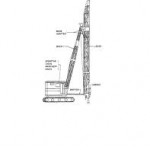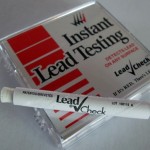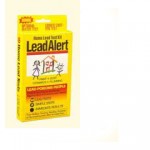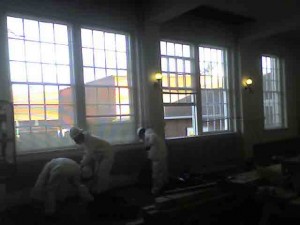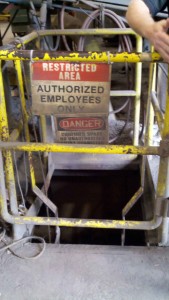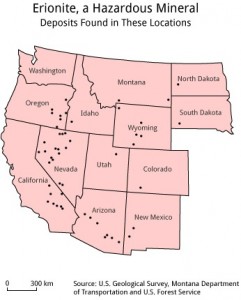Tue 31 Jan 2012
Blood lead levels & ZPP
Posted by admin under Bio Exposure Index, Biological Monitoring, Lead, Management
[2] Comments
 When taking blood lead levels, the occupational health clinic will typically measure both the lead in the blood, and the zinc protoporphyrin (ZPP). The reason for this is the blood lead level measures just that, only the lead in the blood – which can come from previous exposures and whatever amount has been stored in your bones (soft tissues). It really only gives one piece of information. An early indicator of  lead exposure is the ZPP level.
When taking blood lead levels, the occupational health clinic will typically measure both the lead in the blood, and the zinc protoporphyrin (ZPP). The reason for this is the blood lead level measures just that, only the lead in the blood – which can come from previous exposures and whatever amount has been stored in your bones (soft tissues). It really only gives one piece of information. An early indicator of  lead exposure is the ZPP level.
The ZPP level indicates lead absorption. If your ZPP levels are elevated, this may mean that lead is being absorbed into your body (affecting the heme synthesis pathway). However, an elevated ZPP can be caused by other things, including iron deficiency anemia, etc.
If you have elevated ZPPs, you need to find out what is causing it. If you’re working with lead, you may have overexposure. If this is the case, your blood lead levels will most likely elevate in 2-6 weeks.
Ask your occupational health clinic for ranges of acceptable blood lead levels and ZPP levels.
